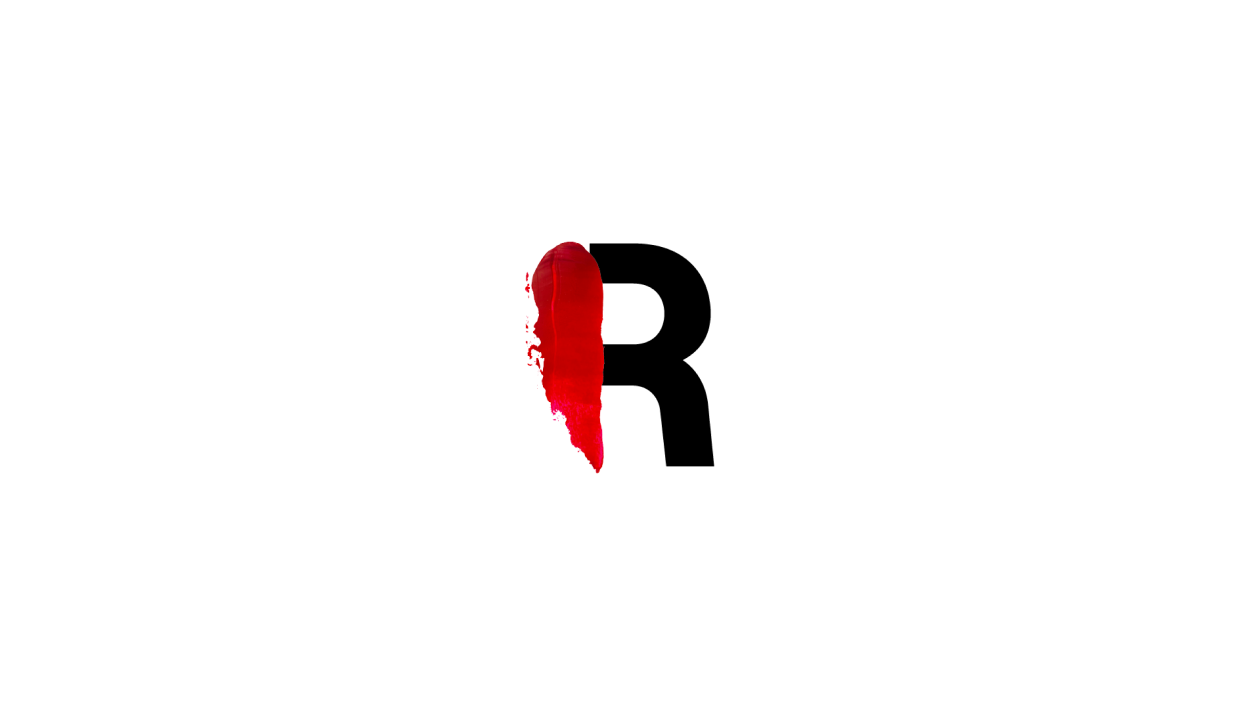

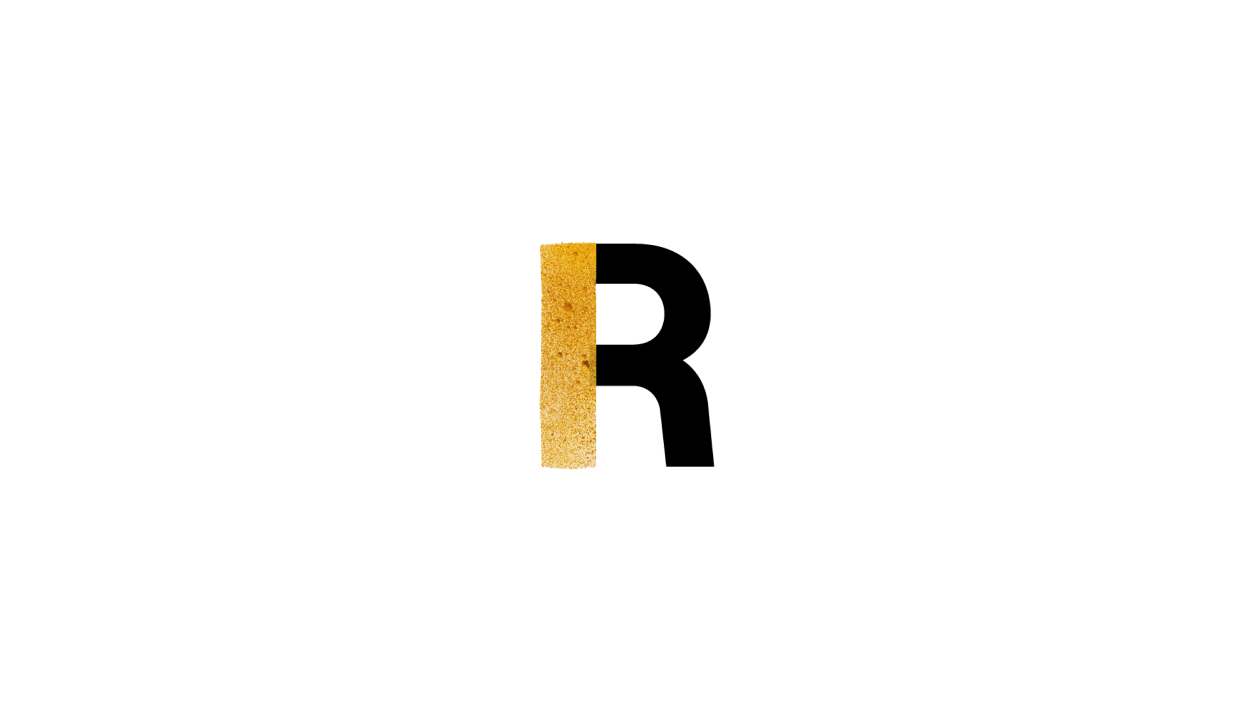
Nature at a Glance
Nature always had an important place in Jean Paul’s life. His love for nature began as a young boy, born out of the time he spent scouting, fishing with his father, and on other adventures. Jean Paul also brought nature into his work in surprising and intriguing ways. While we generally expect to recognize each of the elements composing a landscape, Jean Paul instead offers a marvelous invitation to experience and interpret nature with our full imagination.
Here’s a proposal for a creative project that invites you to celebrate this great artist’s love for nature by experiencing and recreating elements from the natural world. Cast a keen eye around you, activate your senses and take your first steps down the path of creation!
Read more
Intentions
Intentions
- Get to know the work of Jean Paul Riopelle through his love of nature;
- Develop an ability to appreciate works of art;
- Develop an ability to create;
- Experiment with drawing and collage techniques;
- To appropriate the disciplinary vocabulary.
Project summary
Create a
diptych
An artistic creation made up of two elements which, when joined, form a single piece.
drawing
An art technique that consists in tracing elements using pencils, pastels, etc. Drawing can be done freehanded or with tools (rules, compass, etc.).
collage
The technique of attaching different materials (paper, cardboard, etc.) to a surface using a substance called "glue."

Approximate time
3 hours

Technique
Mixed
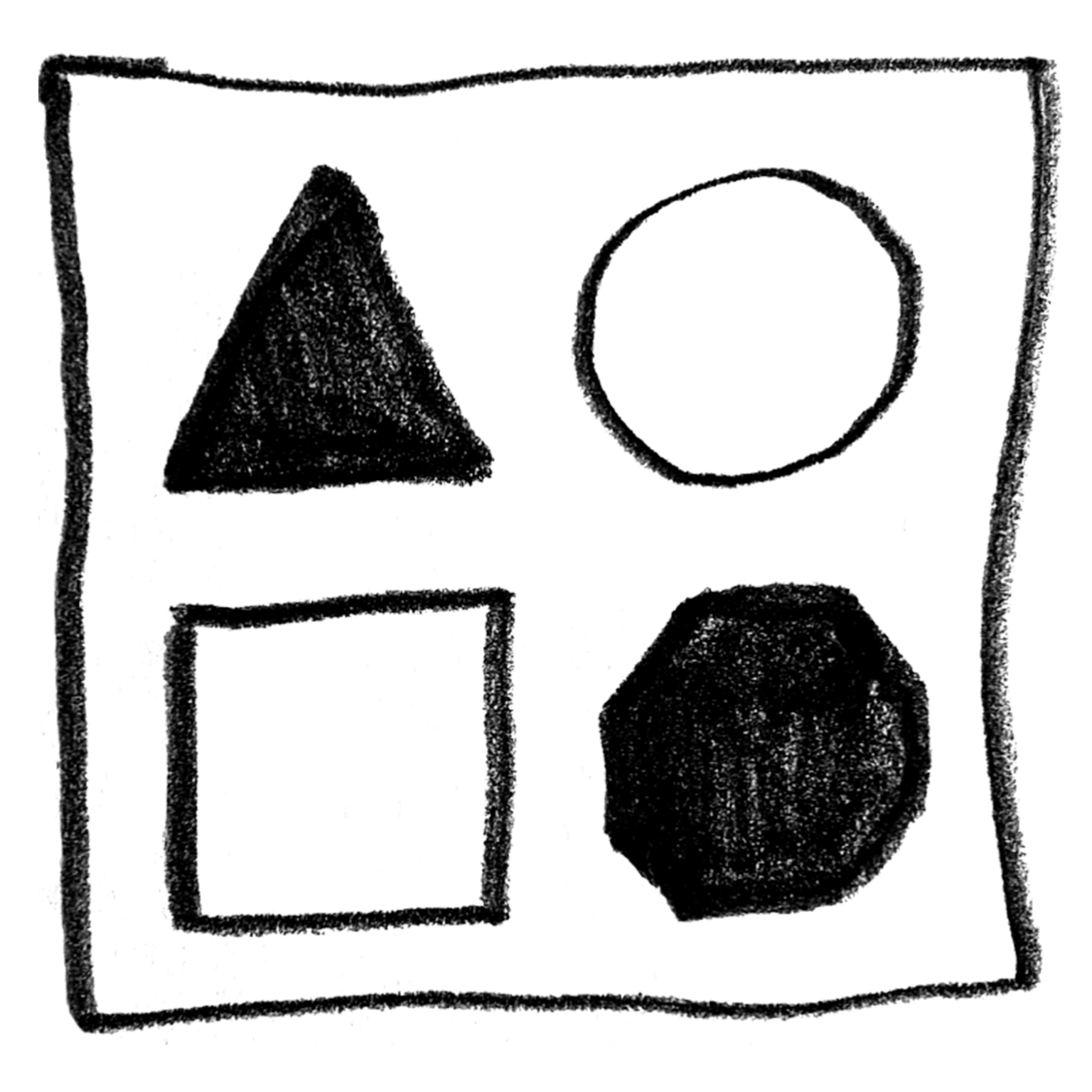
Notions
Drawing
An art technique that consists in tracing elements using pencils, pastels, etc. Drawing can be done freehanded or with tools (rules, compass, etc.).
Collage
The technique of attaching different materials (paper, cardboard, etc.) to a surface using a substance called "glue."
Blending
The technique of rubbing a drawn element to make it blurry and less focused, making it possible to mix colours together.
Tear
The action of using your hands to divide paper or cardboard into small pieces.
Cutting
The action of using a sharp tool (scissors, etc.) to separate or remove part of a surface (paper, cardboard, etc.).
Drawn Line
A mark created using drawing tools and materials (pen, ink, pencil, pastel, charcoal, etc.).
Value
The different degree (pale or light, medium or dark) or hue of a colour.
Varied Brushstrokes
A painting technique that consists in applying a colour in varying quantities and over areas of differing sizes on a surface that is a different colour.
Flat Brushstroke
A painting movement that consists in applying a coloured pigments uniformly across a painted surface.
Diptych
An artistic creation made up of two elements which, when joined, form a single piece.
Shape
The set of contours composing an object. Shapes can be rounded or angular. A rounded shape is made by a series of curves. The contours of an angular shape are made by a series of lines and angles.
Material
For the outing
For work in the studio
Context
Jean Paul spent the long days of summer out painting in nature with his art teacher, Mister Bisson. In the city, they would paint still lifes, which he approached in his usual playful manner, giving one of his pieces the title Nature bien morte (Very Still Life)! His first works were of a
mounted owl
The act of preparing a dead animal to maintain a lifelike effect. Taxidermy begins by building a skeleton (wood, metal, etc.) to create the animal's shape. The tanned animal skin is then placed over the skeleton. Finally, glass eyes are added to create a more realistic impression of the live animal.
This project is an opportunity to follow in Jean Paul’s footsteps. It invites participants to pay attention to the nature surrounding them and their personal relationship to it. There’s nothing better than getting out into nature if you want to truly express the beauty and grandeur we can find in even its smallest details!
The project is an opportunity to discover techniques in drawing and collage, brought together to create a diptych inspired by nature!
Take it one step further
Optional activities to complete during or after the project
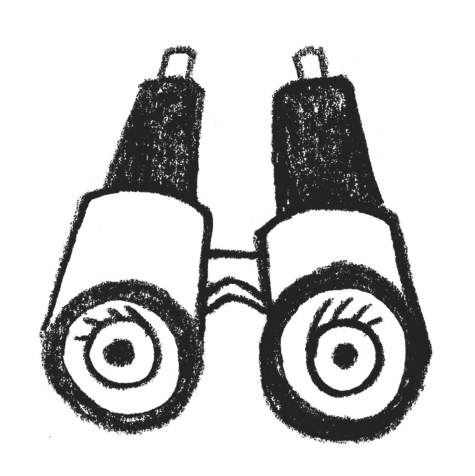
Digital fun
Interdisciplinary ICT ideas;
Add in an element of augmented reality.
- Include elements of augmented reality by overlaying an image with an application like HALO AR. Imagine that the lines added in Step 9 trace a path that allows every element on the diptych to meet. The traced lines symbolize a meeting place, where the different natural elements can find one another.
Play with storytelling
Interdisciplinary English idea;
Make a postcard.
Create a giant postcard using your diptych:
- Glue the postcard templat to create space for a message on the back of your creation;
- That way, you’ll have your creation on one side and a space to write a message to Mother Earth on the other;
- Write a message to Mother Earth and answer one of the following questions, depending on your age:
- (ages 5 to 7): What’s something you find wonderful about planet Earth?
- (ages 8 to 10): What’s something you did to care for nature during your activity outside?
- (ages 11 to 12): What would you wish for Mother Nature in the future?
- Using some string, hang the creations from a tree to hold an ephemeral exhibition, or hang them inside, so that the movement of the air and the poetry of the wind can whisper the messages to Mother Earth;
- If you plan to exhibit the pieces outdoors, use a transparent page holder or apply water-based varnish to protect the creations from the weather.
Have fun with philosophy
A way to introduce philosophy to children;
Use a philosophical question as a starting point for a thought experiment.
- Explain what philosophy is;
- Set the parameters: listen to others, don’t pass judgment, don’t laugh at others, respect different opinions, etc.;
- Introduce the following questions:
- What is nature?
- Why is nature in danger?
- How can we take care of nature?
- Invite students to discuss these questions;
- Invite students to express whether they agree or disagree with their classmates;
- Encourage students to explain their ideas: “what do you mean?” or “can you give an example of your idea?”;
- Invite students to create a table that compares the positive and negative aspects of play;
- Share the answers out loud;
- Throughout the exercise, jot down the answers in a mind map.
Variation
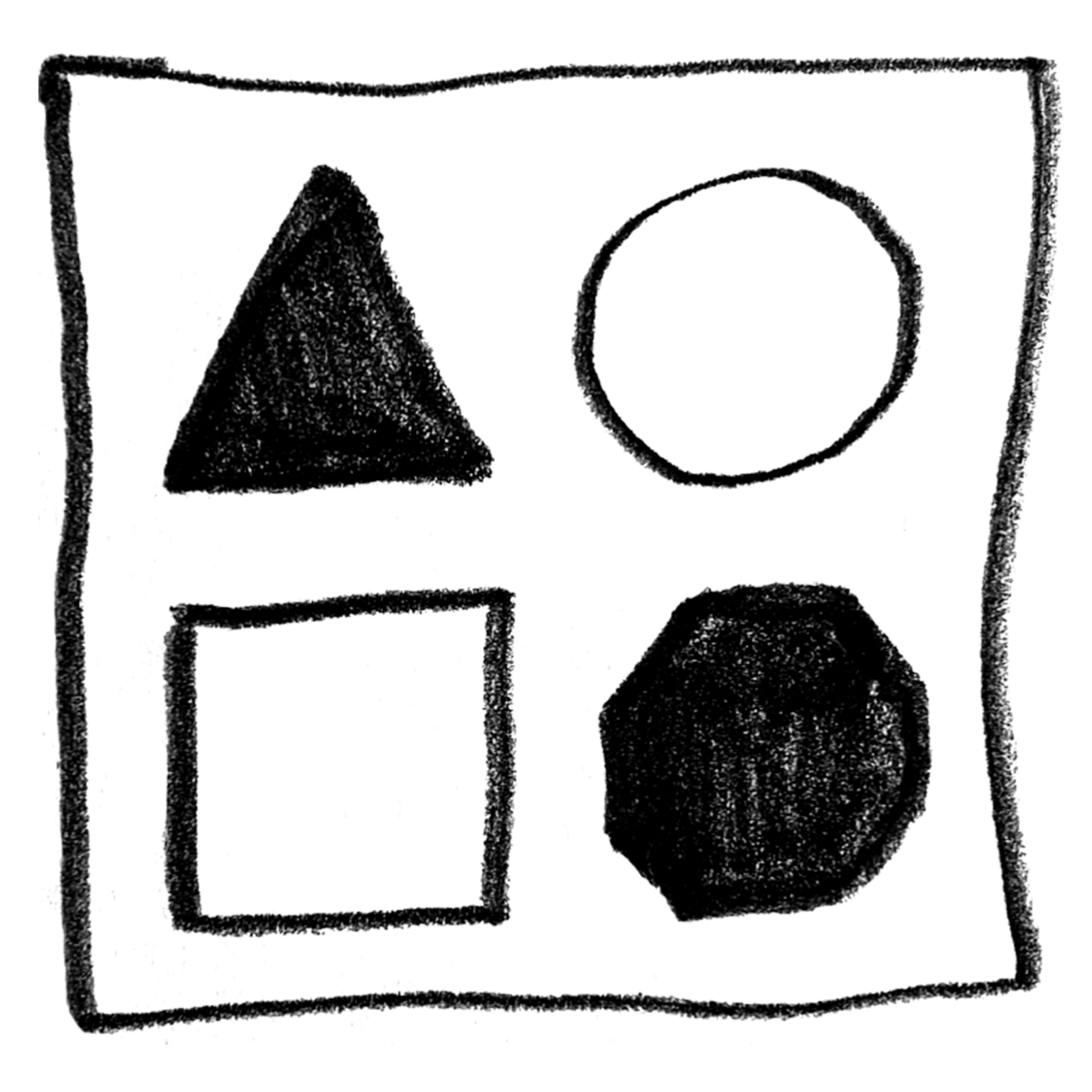
Beginner
Skip the basic exercise.
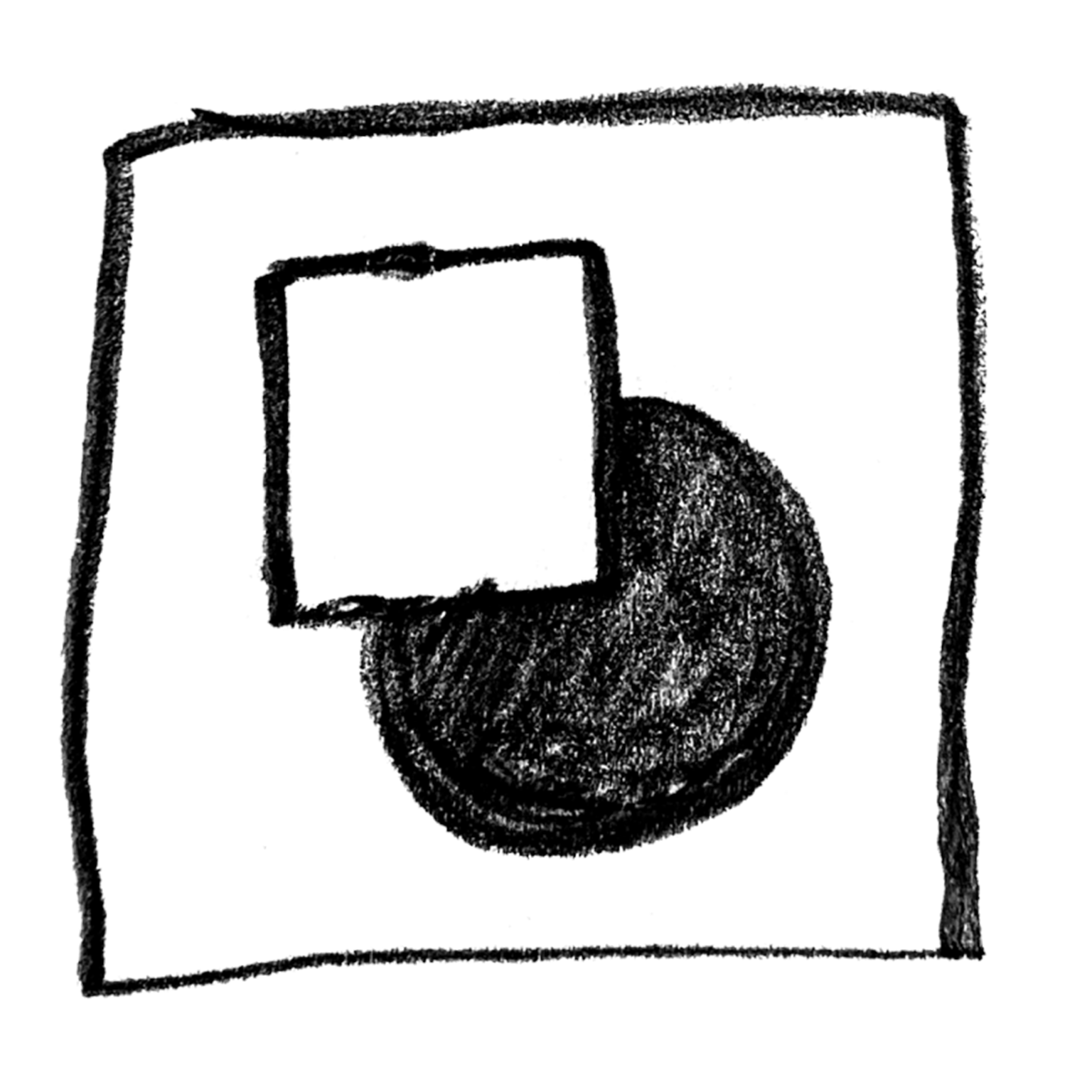
Intermediate
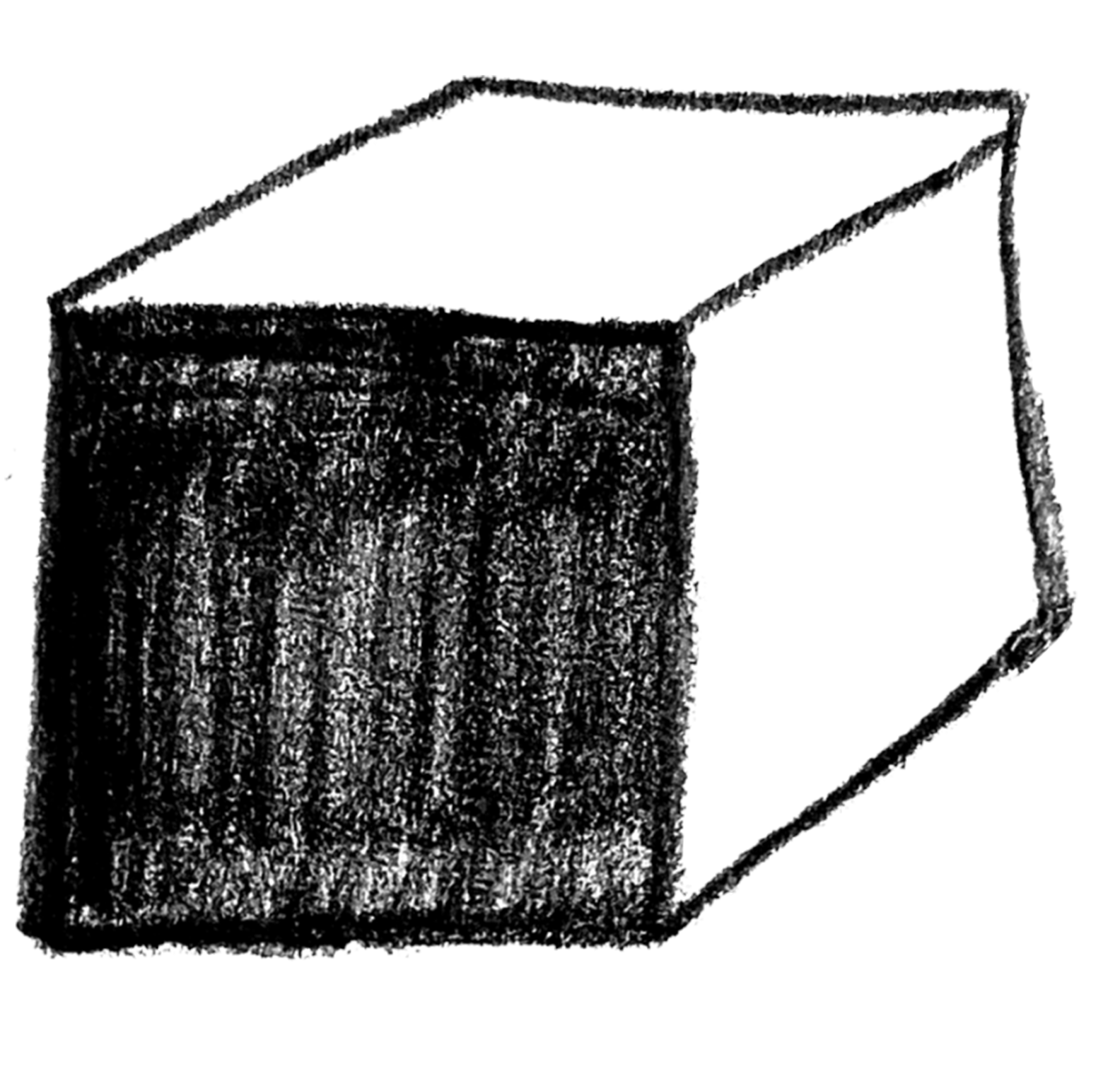
Advanced


